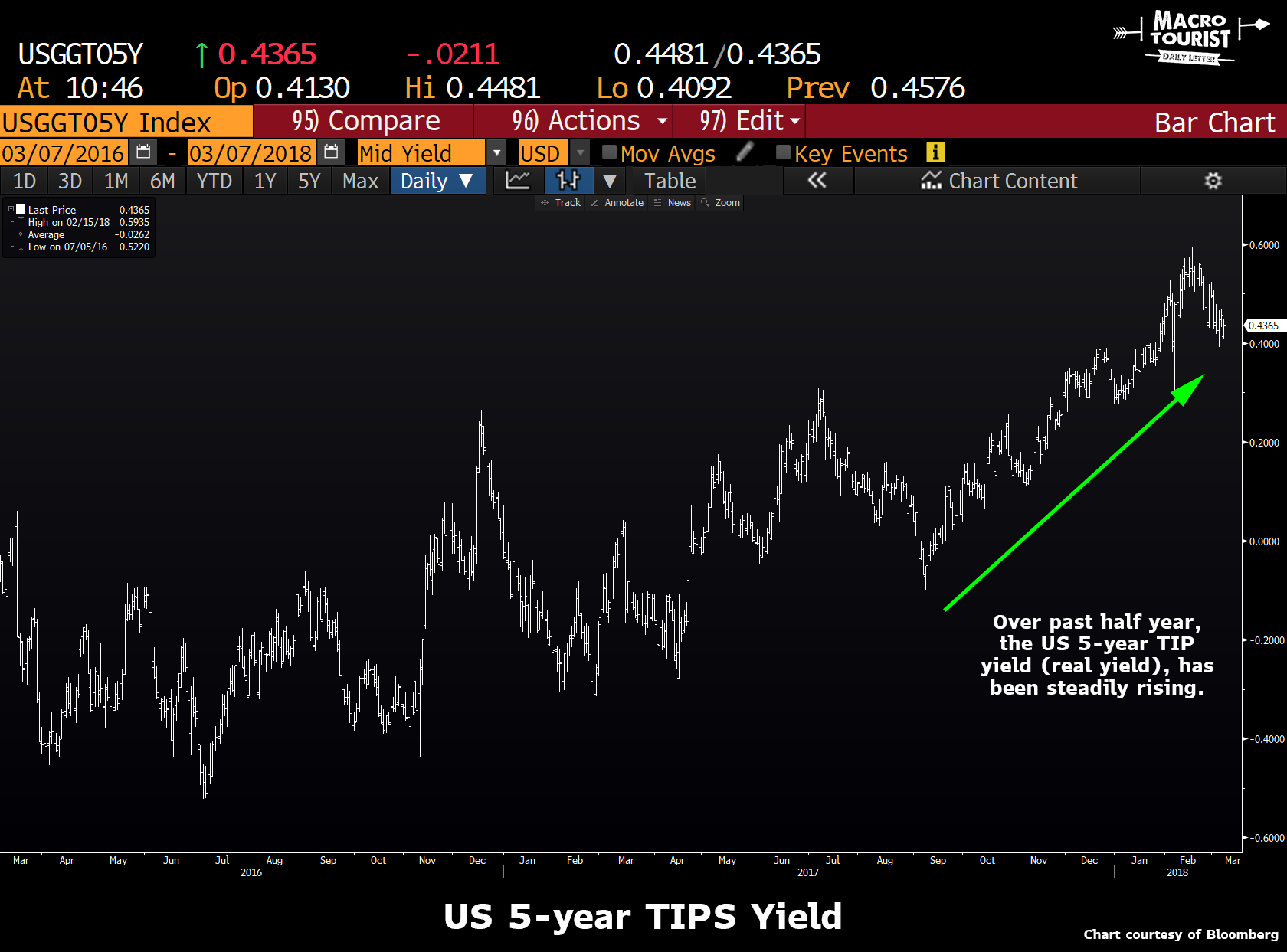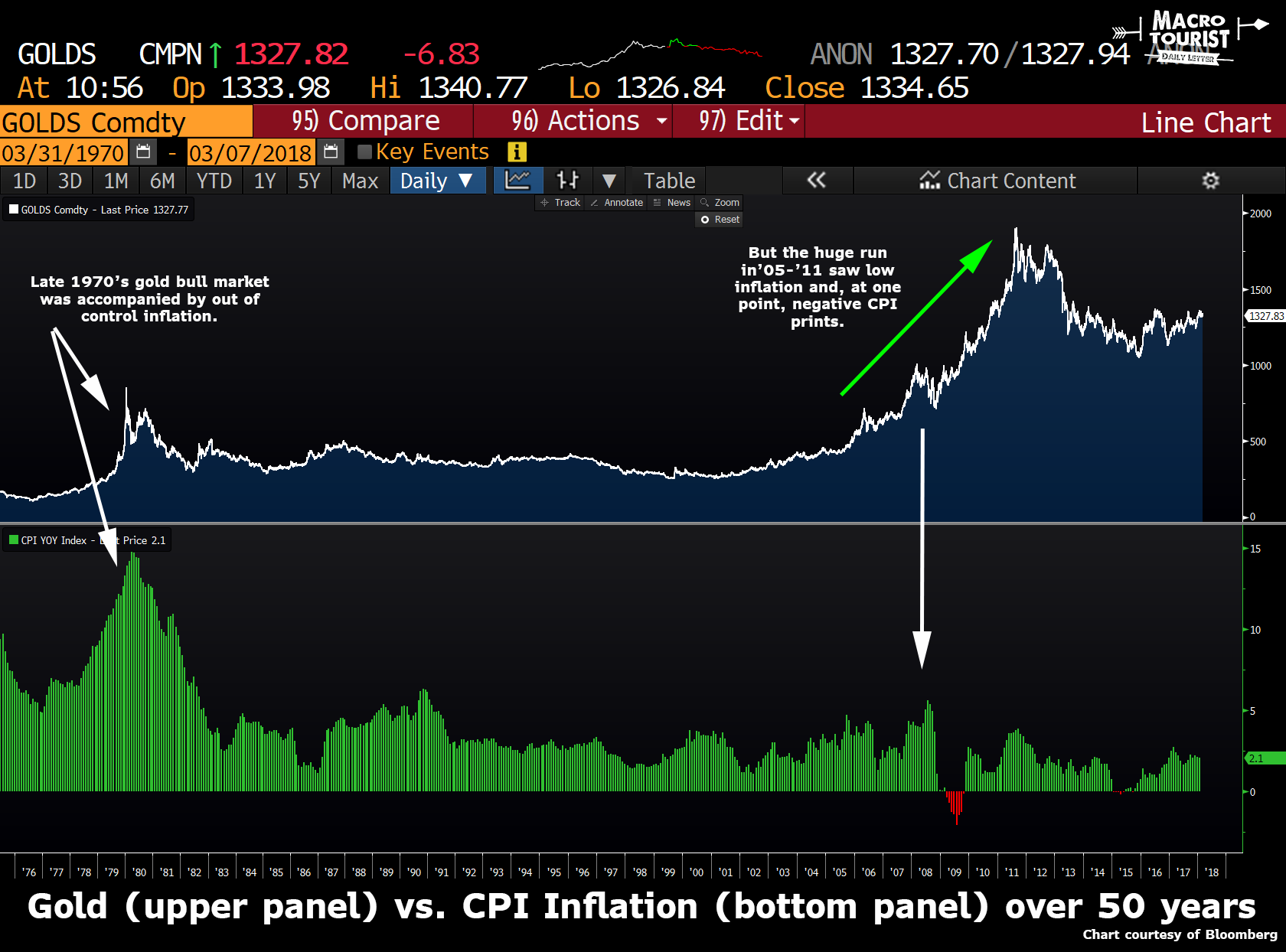The single most important price in all of capitalism is the interest rate—-and at all points on the maturity curve. And the single most important truth about honest interest rates is that they must be discovered by markets, not imposed by the state.
We got to ruminating about those core propositions when we read that San Francisco Fed head, John Williams, may be headed toward the true #2 job at the Fed. That is, President of the New York Fed—-the joint that actually runs the casinos domiciled in the canyons of Wall Street.
We did not burst out laughing exactly, but nearly so. After all, why do you even need Wall Street if you are going to have John Williams running the joint?
Recall that Dr. Williams claims to see a financial apparition that no one has ever touched, measured, photographed, X-rayed or otherwise proven the existence of. We are referring, of course, to the “Neutral Rate of Interest”.
By contrast, Dr. Williams is certain that he has spotted it, measured it and completely understood it. Indeed, he is so certain that in recent times it has been extraordinarily low, that he wants to run the entire $19.7 trillion US economy on the basis of it.
That is, peg actual interest rates in the money market based on a theoretical rate that might as well be the equivalent of a Monetary Unicorn. That’s because no one on the bond and bill trading desks of Wall Street has ever seen it, or ever will.
Not only that, but Dr. Williams now suggests that we actually need even more inflation than the sacred 2.00% target to cure whatever ails the US economy, and that his Monetary Unicorn told him so. Thus, as per the AM’s Wall Street Journal:
…click on the above link to read the rest of the article…















